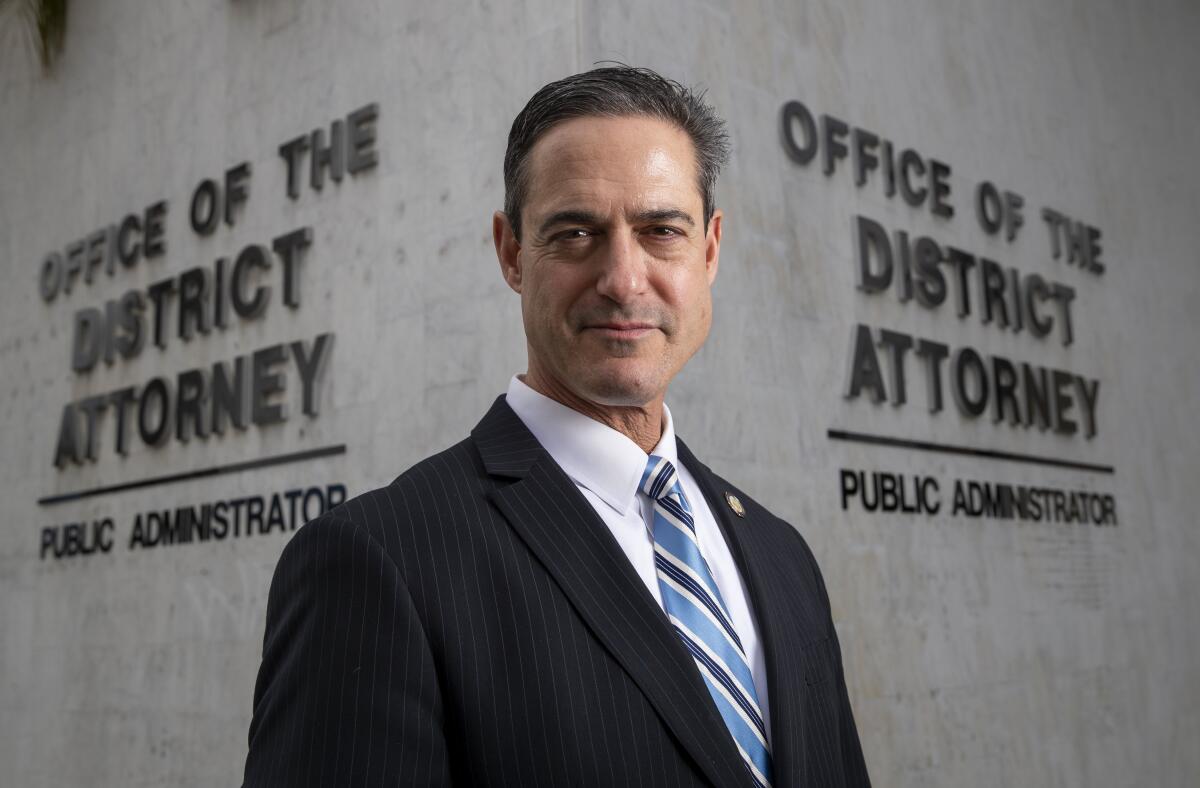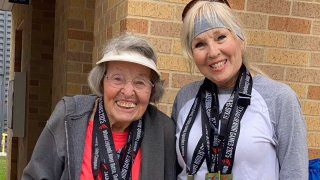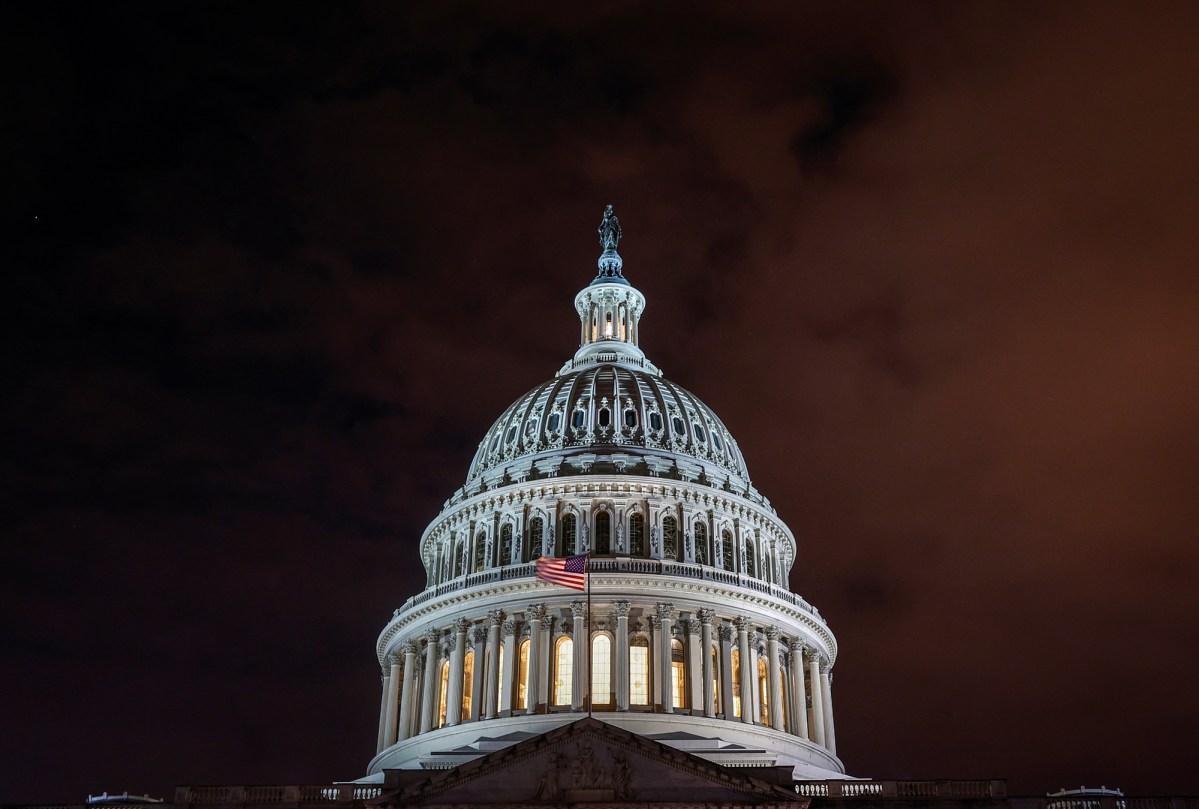As the most recent California jurisdiction to depart from the contentious court rulings in recent years, Orange County’s top prosecutor moved on Tuesday to dissolve all active gang injunctions.
According to District Attorney Todd Spitzer, the ruling followed a 2022 Assembly Bill that drastically reduced the legal definition of what qualifies as a gang or gang activity in California. 317 people in communities like Santa Ana, Anaheim, Fullerton, San Clemente, Garden Grove, Placentia, San Juan Capistrano, and Orange were impacted when injunctions against 13 gangs were overturned. According to Spitzer, some of the injunctions had been in place since 2006.
In a statement, Spitzer said, “We are now satisfied that these 13 gang injunctions have served their intended purpose and have now sought their dissolution after numerous audits and years of proactively removing individuals from these injunctions.” Gang injunctions are established and enforced to address criminal behavior; they are not meant to be permanent.
A suspected gang member may be prohibited from wearing specific clothing or from interacting with other accused members of the same gang in areas designated as gang territory by a civil court order known as a “gang injunction.”
California
Law enforcement officials are being forced to reconsider how they use the instrument that was regarded as a vital weapon in the state’s fight against gangs for decades as a result of recent court orders that forbid police in Los Angeles and other parts of California from executing gang injunctions.
They were designed to prevent gangs from using public marshalling to take over a community. An injunction can be issued without a person being found guilty of a crime, but breaking the orders might result in contempt proceedings in criminal court.
Although Spitzer presented the action as proactive, the district attorney’s decision was the result of growing legal pressure from the Peace & Justice Law Center, which sent demand letters in March claiming that the injunctions’ continued use violated the 2022 assembly bill that Spitzer mentioned in his news release as well as California’s Racial Justice Act.
Although Orange County is home to several white supremacist gangs that were never subject to injunctions, the center’s executive director, Sean Garcia-Leys, claimed that the injunctions were racially prejudiced because they primarily targeted suspected Latino criminal organizations.
For a generation, gang injunctions transformed routine behaviors into felonies. They were abandoned in almost every other California county because they were based on racial profiling and were purposefully used to circumvent due process, Garcia-Leys said in a statement.
California
A decision to drop charges against members of the Rise Above Movement—a group suspected of encouraging fights at political events in California—was overturned by the 9th Circuit Court of Appeals.
He claimed that the Trump Administration is using this type of racist gang repression as a weapon to erode due process nationwide. Ensuring that every community in Orange County receives equal legal treatment is more crucial than ever.
Further inquiries from The Times were not immediately answered by a spokesman for the district attorney’s office. Spitzer stated that if necessary, his office might request further injunctions based on the updated definition of gang participation under California law.
Injunctions, a holdover from California’s 1990s attempts to combat a sharp increase in gang crime, have been frequently contested by civil rights organizations as being unduly harsh and wide, particularly in light of the sharp decline in gang violence over the years.
Los Angeles was essentially prevented from implementing 46 separate injunctions that targeted thousands of people by a court deal reached in 2020. A city audit conducted years earlier revealed that over 7,000 persons were unnecessarily vulnerable to injunctions.
Over the last ten years, officials in Long Beach, San Francisco, Oakland, and San Diego have either stopped implementing their injunction programs entirely or announced reviews of them under threat of legal action.
Garcia-Leys claimed that under former Dist. Atty. Tony Rackauckas, it was practically impossible for persons to be taken off of injunction rolls. However, in recent years, Spitzer established a review mechanism that resulted in the release of at least 200 individuals from the court orders.
California
The conditions of a court settlement agreed last month require Los Angeles police and prosecutors to stop a long-standing practice of enforcing gang injunctions across whole neighborhoods.
Injunctions frequently result in ridiculous limits, according to Garcia-Leys. He said that Fullerton Police had detained one of his clients for breaking a curfew provision of one injunction by bringing out the trash after 10 p.m.
Another man was charged with breaking a court order by going to a family event with his brother-in-law, despite the fact that both men were prohibited from public gatherings due to an injunction involving the same gang.
Because the baseball team’s jerseys were deemed gang propaganda, several injunctions in Los Angeles prohibited anyone from wearing Dodgers items in Echo Park, the neighborhood where Dodgers Stadium is located.
Omar Montes, who was under one of the Orange County injunctions, stated in a statement, “I made mistakes growing up without good role models in a neighborhood with a gang injunction.” However, the system placed me on a gang injunction rather than offering me assistance.
He claimed it was humiliating to be under that injunction. I felt less than human and voiceless as a result. The police harassed me on a regular basis.









